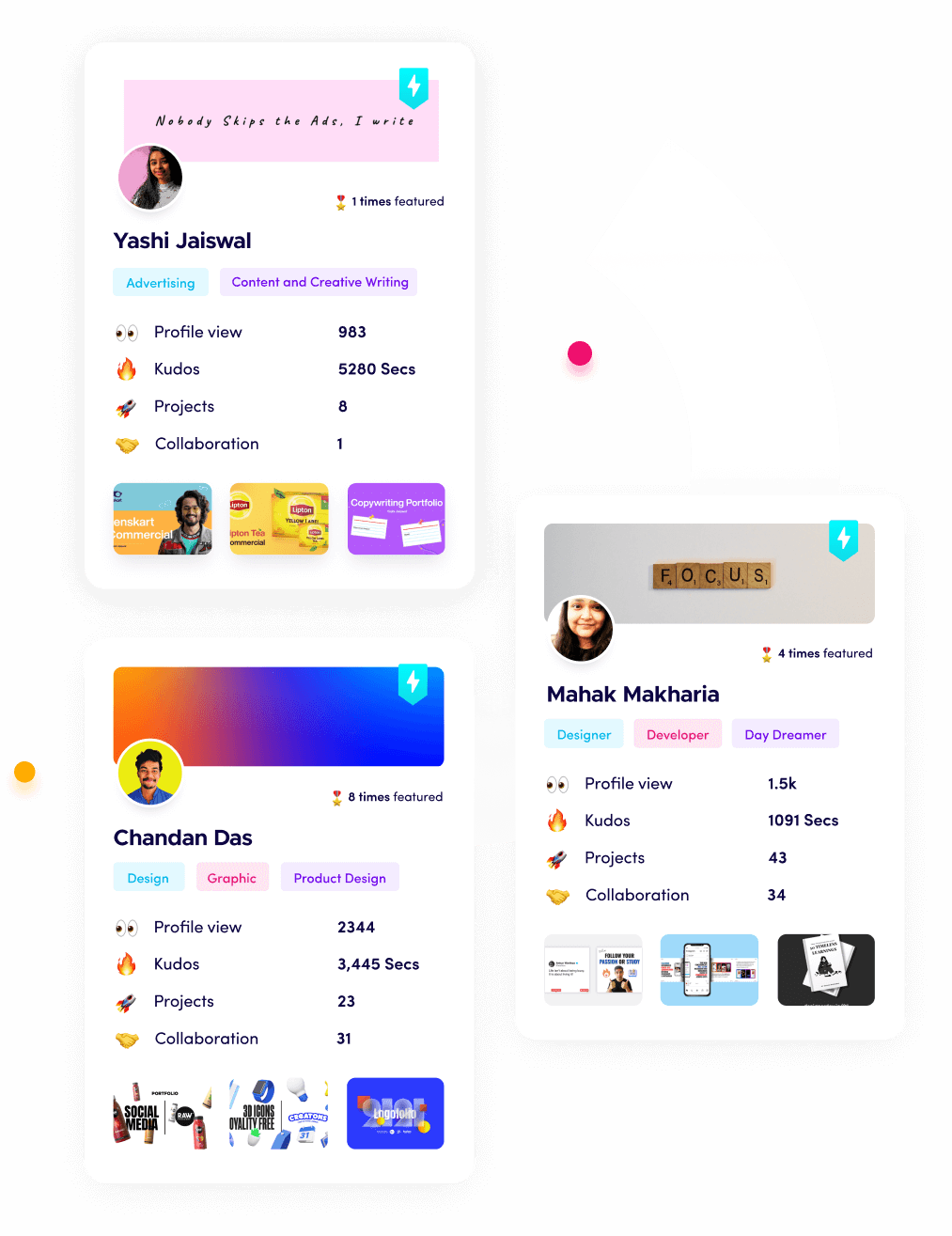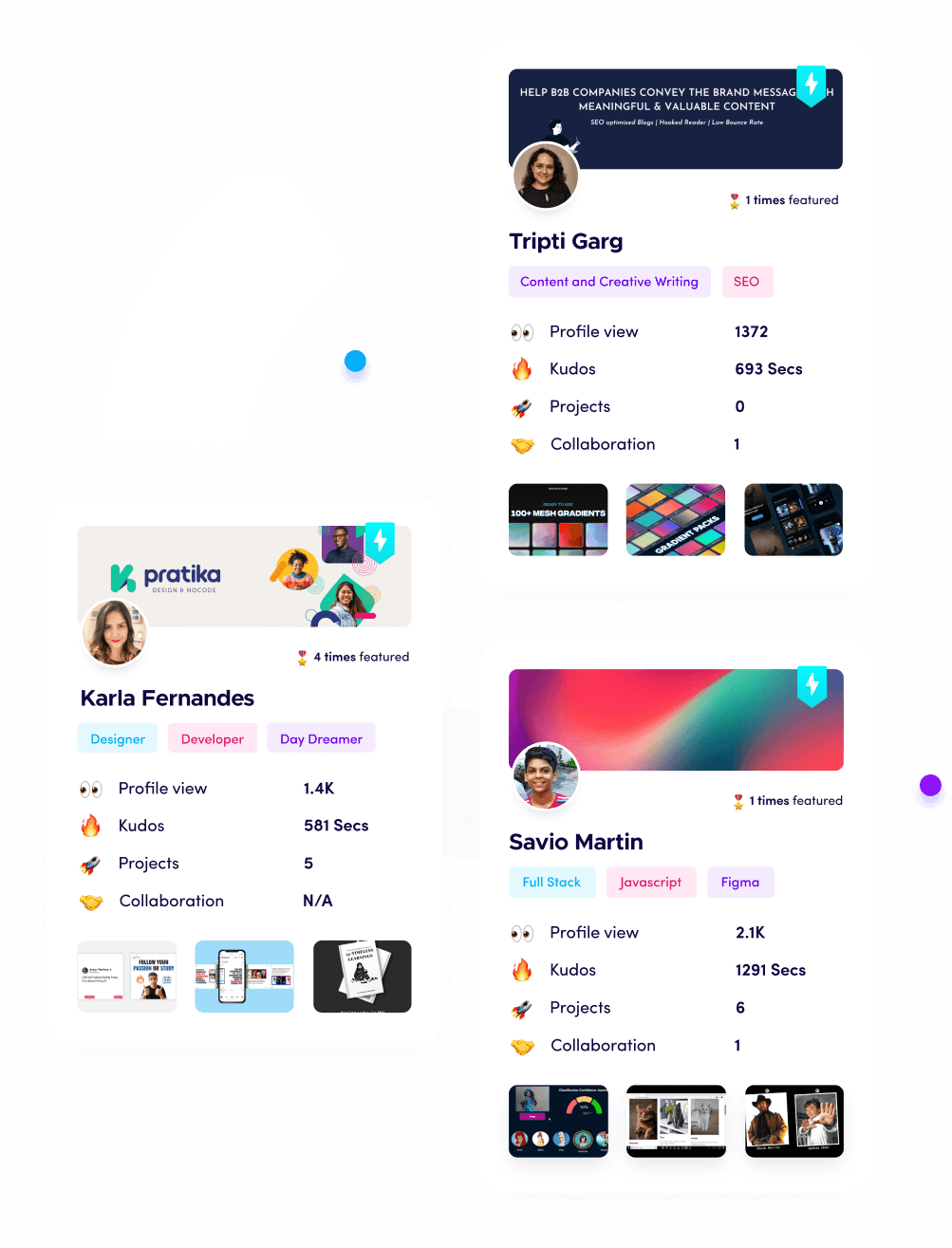How to Prepare a Winning Investor Pitch Deck

Riten Debnath
06 Jul, 2025

If you want to secure funding in 2025, your investor pitch deck must stand out, tell a clear story, and inspire trust. Investors see hundreds of decks, so yours should be detailed, visually engaging, and focused on what matters most. A great pitch deck is your startup’s first impression and a key to unlocking growth.
I’m Riten, founder of Fueler, a platform that helps companies hire through assignments and professionals showcase their best work. In this article, I’ll guide you through every essential section and slide for a pitch deck that gets results. Your pitch deck is more than slides, it is your proof of vision, credibility, and the fastest way to earn investor confidence.
1. Start with a Powerful Hook
Begin your pitch deck with a strong, attention-grabbing introduction. This could be a surprising statistic, a bold claim, or a short, relatable story that highlights the urgency of the problem you are solving. Your hook sets the tone for the rest of your presentation and makes investors want to know more about your business from the very first slide.
- Use a real-world statistic or market fact
- Ask a thought-provoking question relevant to your industry
- Share a brief story that connects emotionally with the audience
Why it matters: A compelling hook ensures investors are engaged from the start, making them more likely to listen closely and remember your business throughout the pitch.
2. Define the Problem Clearly
After the hook, clearly explain the main problem your target market faces. Use data, visuals, and real-life examples to make the problem feel urgent and significant. The more specific and relatable you make the problem, the easier it is for investors to see why your solution is needed.
- Quantify the pain point with solid data
- Show how current solutions are inadequate
- Relate the problem to real customer stories or testimonials
Why it matters: A well-defined problem helps investors understand the market need, making your business relevant and necessary, and setting the stage for your solution.
3. Present Your Solution
Introduce your product or service as the answer to the problem you just described. Explain how your solution works, what makes it unique, and why it is better than existing alternatives. Use visuals or product demos to make your solution easy to understand and memorable.
- Highlight your unique value proposition
- Include product screenshots or demo visuals
- Explain the key features and benefits that set you apart
Why it matters: A clear solution shows investors you have a plan that addresses the market’s needs directly, building confidence in your ability to deliver value.
4. Prove Market Opportunity
Demonstrate that your business targets a large and growing market. Use credible research, market size models, and customer profiles to show the potential for scale. The goal is to convince investors that your business can grow and deliver significant returns.
- Present total addressable market (TAM) numbers
- Show market trends and future growth projections
- Highlight your ideal customer segments and reach strategy
Why it matters: Showing a big market opportunity reassures investors that your business has room to expand, making it a more attractive investment.
5. Explain Your Business Model
Clearly outline how your company will generate revenue. Detail your pricing, main revenue streams, and why your model is scalable and sustainable. Investors want to see that you have a realistic plan for making money and growing profits.
- Detail main revenue sources, such as subscriptions or transactions
- Show your pricing tiers and upsell opportunities
- Highlight recurring revenue or long-term contracts
Why it matters: A solid business model gives investors confidence in your company’s ability to generate sustainable profits and grow over time.
6. Show Traction and Social Proof
Back up your story with real numbers, customer testimonials, partnerships, and press mentions. Use charts and graphs to make your growth and momentum easy to see. The more evidence you provide, the more investors will trust your vision.
- Share monthly growth rates, revenue, and user numbers
- Highlight key customers, big partnerships, or major clients
- Mention awards, media coverage, or industry recognition
Why it matters: Proof of traction shows your business is already gaining momentum, making investors more comfortable and reducing their perceived risk.
7. Map Out the Competitive Landscape
Identify your main competitors and explain your unique advantages. Use a simple chart or matrix to show how your solution stands out. Be honest about the competition, but confident about your strengths and why you can win.
- List your top competitors and their strengths
- Highlight your differentiators in product, price, or experience
- Use a visual comparison to make your edge clear
Why it matters: Understanding your competition and showing your edge proves you have done your research and are ready to win market share.
8. Introduce Your Team
Present the people behind your business, focusing on relevant experience, skills, and why your team is uniquely qualified to succeed. Investors want to know they are backing the right people, not just the right idea.
- Share bios and backgrounds of founders and key team members
- List major achievements and track records
- Mention any notable advisors or supporters
Why it matters: A strong team slide builds trust and shows investors you have the talent and experience needed to execute your vision.
9. Outline Your Go-to-Market Strategy
Explain how you will reach customers and scale your business. Detail your marketing, sales, and partnership plans, and show that you have a clear roadmap for growth.
- Describe your main marketing channels and tactics
- Highlight partnerships or distribution deals
- Show your customer acquisition plan and sales funnel
Why it matters: A clear go-to-market strategy gives investors confidence that you can grow quickly and efficiently in a competitive market.
10. Share Your Financial Projections
Provide realistic, data-backed revenue and expense forecasts for the next three to five years. Include key assumptions and growth drivers, and use charts for clarity.
- Show projected revenue, expenses, and profit margins
- Highlight break-even points and expected milestones
- Include charts and graphs for easy understanding
Why it matters: Solid financials demonstrate that you understand your business, have a plan for growth, and are prepared for responsible scaling.
11. State Your Funding Ask
Clearly state how much funding you need, what you will use it for, and what investors will get in return. Be transparent and specific about your needs and goals.
- Specify the total amount you are raising
- Detail how the funds will be allocated (product, marketing, hiring, etc.)
- Mention expected milestones and timelines
Why it matters: A clear funding ask shows professionalism and helps investors see how their money will be used to drive your business forward.
12. End with a Memorable Closing
Finish with a strong statement, vision, or call to action. Remind investors why your business matters and invite them to join your journey.
- Summarize your mission and vision
- Share a final inspiring thought
- Encourage questions or next steps
Why it matters: A memorable closing leaves a lasting impression, making investors more likely to follow up and invest.
Final Thought
Creating a winning investor pitch deck is about more than just putting slides together—it is about telling a story that builds trust, shows real value, and proves your business is ready for growth. Every section, from your opening hook to your financial projections, should be clear, honest, and backed by evidence. When you focus on your audience’s needs and present your vision with confidence, you make it easier for investors to believe in you and your startup. Remember, the right pitch deck can open doors to funding, partnerships, and the next stage of your journey.
FAQs
1. What is the ideal length for an investor pitch deck?
Most successful pitch decks are 10 to 15 slides long, keeping each section focused and easy to understand for investors.
2. Which metrics should I highlight to show traction?
Highlight monthly growth rates, revenue, user numbers, customer testimonials, and any significant partnerships or media coverage to prove momentum.
3. How can I make my pitch deck visually appealing?
Use clean layouts, consistent branding, high-quality visuals, and clear charts or graphs to make your information easy to digest and professional.
4. What should I include in my funding ask slide?
Clearly state the amount you are raising, how you will use the funds, and the milestones you expect to reach with the investment.
5. Why is a strong team slide important?
Investors want to see that your team has the experience, skills, and commitment to execute your vision and adapt to challenges as your business grows
What is Fueler Portfolio?
Fueler is a career portfolio platform that helps companies find the best talents for their organization based on their proof of work.
You can create your portfolio on Fueler, thousands of freelancers around the world use Fueler to create their professional-looking portfolios and become financially independent. Discover inspiration for your portfolio
Sign up for free on Fueler or get in touch to learn more.


